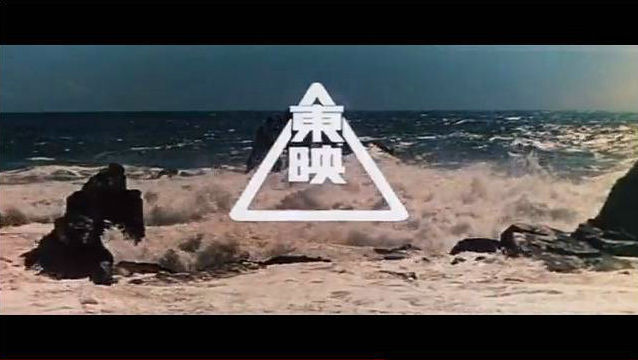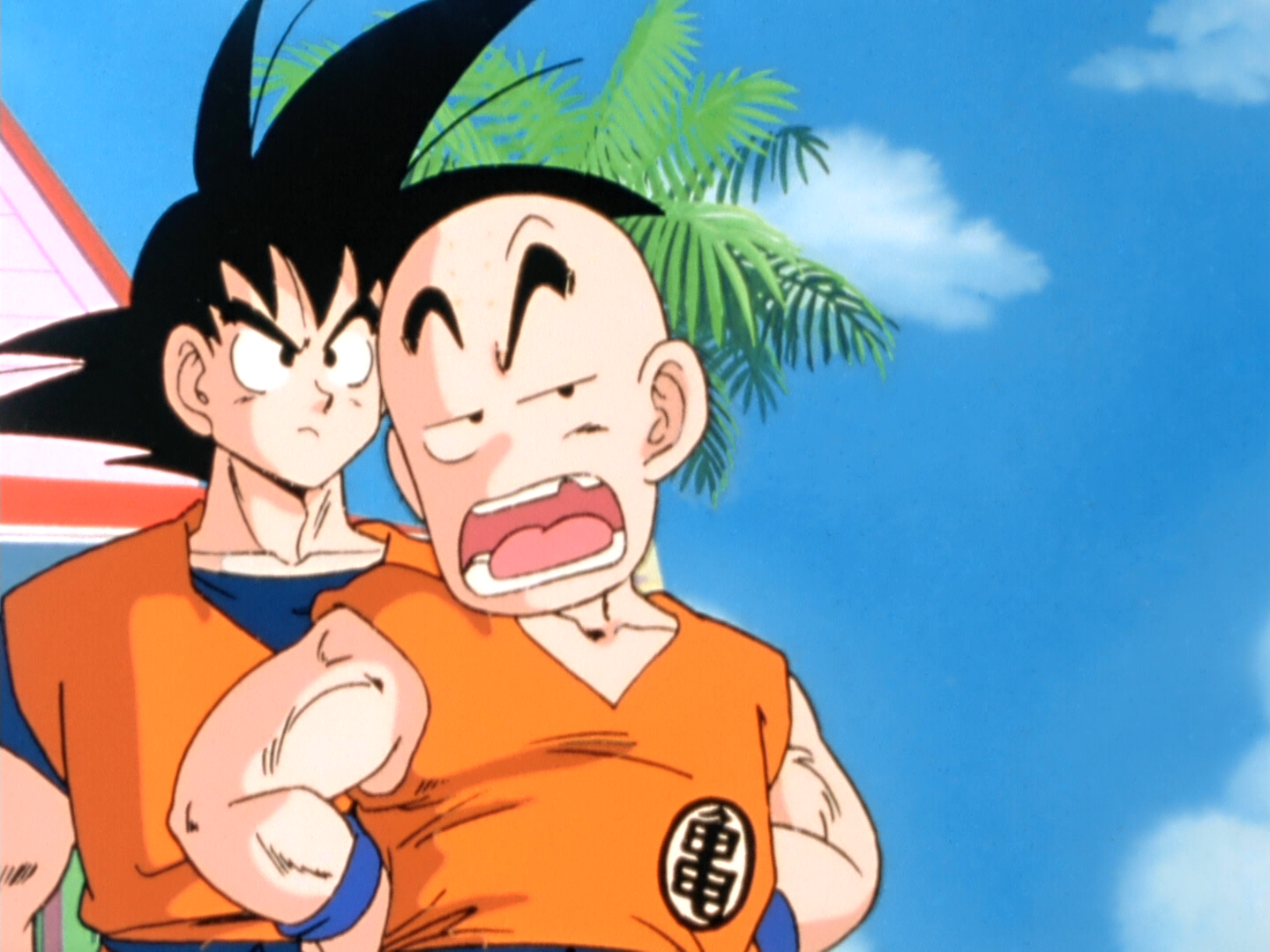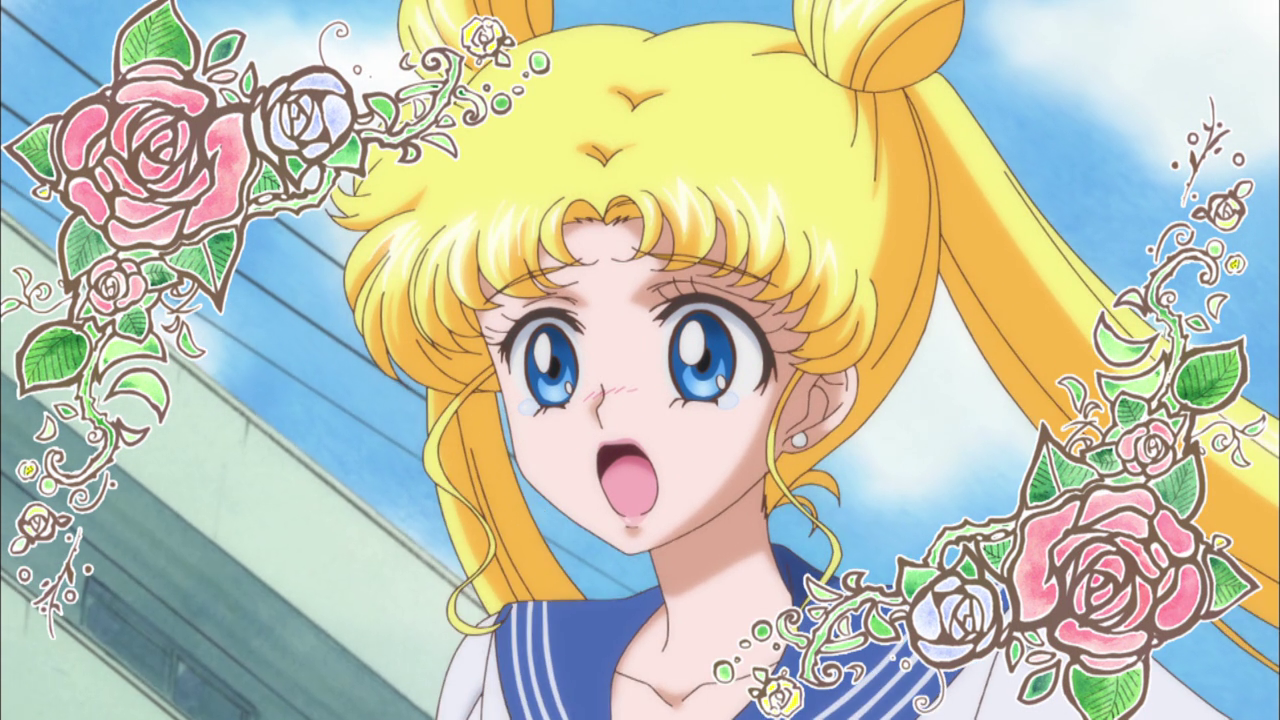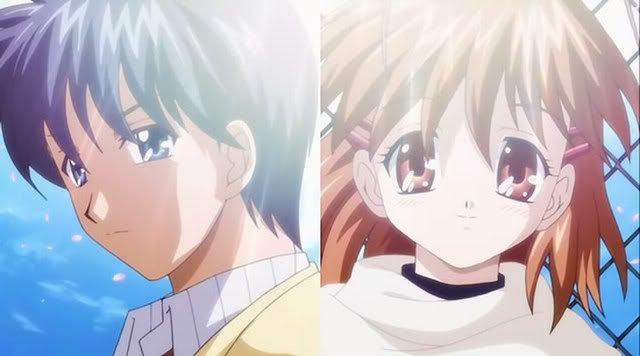One of my least favourite things in animation and entertainment in general is when something with a lot of potential fails to meet even a fraction of the greatness that I personally feel is meant for it. In fact, shows with missed potential irk me more than just plain bad series; it’s easy for me to chuckle and move on from the Breadwinners or Fish Hooks of the world, because I don’t expect too much from them and don’t feel the desire to look at them beyond surface level. But then there are shows like Nickelodeon’s Avatar: The Legend of Korra. As a beautifully animated action-adventure series with elegant use of color and brilliant implementation of martial arts, Korra is one of the best-looking shows on American television…and during the Fall of 2013, one of the most frustrating to watch. After a mundane first season, what the crew needed to do was deliver something grand enough to make us remember that this is a follow-up to one of the most beloved cartoons of the last decade. Instead, what we got was subpar writing, obvious plot twists, and a polarizing season finale. And with myself being unwittingly indoctrinated into the Animation Revelation team despite still questioning whether the others see me as more than a joke, my first major assignment comes in the form of taking over the duties of blogging the show’s third season from Marquis. Moving forward, I’ll be covering Book Three in two major parts, with the remaining television run being one half and the new internet run being the other. There will also attempt be a small diatribe about Nickelodeon’s treatment of its programming to serve as a bit of a commercial break between them, since Korra‘s move from television to internet opens the door for much-needed analysis. So with that overly long introduction out of the way, let’s tackle the first eight episodes of season three, shall we? Ready, set, go!

Okay, so until “A Breath of Fresh Air” aired, The Legend of Korra never really hit the level of quality that was expected of the follow-up to what is heralded as one of the greatest pieces of action-animation to air on American television in the last decade. It was just an okay action/adventure romp with enjoyable characters in its first season and an awkwardly rushed tale with those same characters turned irritating in its second. It had yet to feel like it deserved the pedigree of being in the same franchise of the cartoon that brought us episodes like “Zuko Alone” or “Tales of Ba Sing Se,” and it was beginning to feel like it would never be able to earn that same amount of respect. However, the crew over at Nickelodeon Animation seems to have gotten over whatever issues they had prior, and as a result, were able to put their best foot forward to start writing a story that actually manages to be quite interesting. The basic premise for this entire season is established really quickly: the merging of the human and spirit worlds during harmonic convergence at the end of Book Two caused a shift in the balance and allowed several individuals across the globe to gain the ability to airbend; including the head of a group of dangerous criminals who wish kidnap Korra and do something yet unexplained with her. As a result, Tenzin and the Korra gang must now deal with integrating all these new airbenders into Air Nomad society while a maniac is busting his friends out of jail and putting together a plan to find and capture our heroine. And for the first time in the series, they manage to make the basis of the season’s arc clear to the audience without anything feeling rushed or lacking. As someone who has been keeping an eye on this show since it was first announced as a miniseries back at 2010’s San Diego Comic-Con, I am overjoyed that the writing team has finally returned to the level of excellence that I and many others expect of them.

Beyond plot setup, our fair writers have begun bringing new depths to the characters in such ways that you no longer require audio commentary to figure out their intentions. Korra has become more rational and aware of her actions since the Harmonic Convergence; while she is still quick to anger, there is a level of clarity in her character that now allows her to look back and understand what she’s done right and wrong in her role as the Avatar. Once again, the first episode excels in showing this growth marvelously with a scene that has Korra talking a man down from suicide by apologizing for how her decision to combine the spirit and human worlds has effected everyone, and explaining that she’s also fearful of all the change that such a risky move caused. At that very moment, you can see that Korra is slowly but surely becoming a young adult ready to take responsibility for her actions. Likewise, you witness Mako in a place of weakness where he doesn’t quite know how to feel around either Korra or Asami after failed relationships with both of them, and as such, he once again closes himself off emotionally from them. The episodes “The Metal Clan” and “Old Wounds” have Lin Beifong reluctantly coming to terms with her past before finding the strength (literally and figuratively) to reconcile with her sister after 30+ years of silence, while Bolin starts to gain self-confidence upon entering into a relationship with Lin’s niece, Opal. After a season where it appeared as if the characters were incapable of learning and developing, it was refreshing to witness character interactions and moments that you’re now aware will build up into something greater. Unfortunately, Asami still remains as an individual who, while also learning more combat techniques and becoming intriguing in her own right, just appears to be there and has no major impact on any of the events so far. When a pet fire ferret has more pull on the story than a principle human character, there’s a serious issue, and that issue one of the few that I have with the show at this moment in time.
And while we’re discussing characters, Book Three brings a number of new ones to the table; not only the aforementioned villains and Lin’s half-sister and niece, but also a young thief by the name of Kai and the tyrannical Earth Queen. In regards to the villains, Zaheer and the Red Lotus add more world-building and back story to the mix, which I’m quite fond of. As it turns out, shortly after Korra was discovered to be the new Avatar as a toddler, they attempted to storm the training facility in the Southern Water Tribe and kidnap her. Naturally, they were stopped and locked away separately at four different points across the world. Now that they’re back, it’s uncertain as to what they plan to use a now teenaged Avatar for; that is, whether their goal to “end the Avatar” means to kill her or if it is something much greater. Zaheer and his cronies come across as more intimidating than last season’s Unalaq; though Korra’s uncle was manipulative, he was shown to be a pawn to a greater villain. Zaheer is not only a powerful and intelligent foe, able to create his own spiritual connections and master airbending in a short period of time, but he answers to no one but himself. He’s the one that runs Red Lotus, and the plan for Korra was devised solely by him and comrades with no outside help from some evil spirit. In this way, the Red Lotus recapture the dangerous air that surrounded Amon in the first season and carry the atmosphere of intrigue that Unalaq and Vaatu lacked in the following. When these characters are on-screen you know that things are going to escalate and you want to watch every second of it. On the other side of the spectrum is the character of Kai, an annoying little thief whose sole purpose is to be Jinora’s boyfriend. While he is the catalyst for Mako and Bolin to reunite with their father’s family and Jinora’s first act of teenage rebellion against her father, I feel like the writers could have found other ways to make those events happen without creating a character that feels like a middle finger to everyone who thought that Mako was a terrible character. This character’s appearance sapped all the joy I had when watching the season premiere back in June and it was a relief when I discovered that he wouldn’t make an appearance in every episode. Opal, in a similar vein, is a welcome yet almost pointless addition. Her main function to-date is to be Bolin’s girlfriend, and while she fills that role well as someone to boost Bolin’s sense of self-worth and vice-versa, it is almost as though Bryan and Mike remembered Jin from Zuko’s Story in “Tales From Ba Sing Se” and endeavored to bring the atmosphere of that one-off character back. That isn’t a bad thing, but like with Asami, it would be nice if she could do more for the plot at-large beyond occasionally saying some words of encouragement. As for the Earth Queen? Let’s talk locations.

After episode one, most of the major plot relevant events take place in the Earth Kingdom as an outcome of Mako receiving numerous leads about airbenders in that nation. Episodes three and four take place in the City of Ba Sing Se, which reverted back to the corrupt government that was in place seventy years ago, albeit with the Earth Queen herself coordinating the Dai Li rather the chief of the organization. This time around, instead of political dissidents being captured and brainwashed, the police are capturing airbenders to train as soldiers, leading to an entertaining prison break scene headed by our heroes. While returning to this location was nice, the events that happen here feel as though they are a rehash of similar events in The Last Airbender‘s second season. Episodes five, six, and eight take place in the Zaofu, a lotus-shaped township founded by Lin’s half-sister Suyin and regarded as the safest city in the world. It’s here that the previously mentioned moments of character development happen for both Lin and Bolin, along with the first attempt of Red Lotus to kidnap Korra and the discovery of more corrupt government officials. As a wholly new location, Zaofu gives the vibe of a New England college town by way of a land-locked Dubai thanks to the emphasis on learning and the allegedly low crime rate, respectively. The bulk of episode seven focuses on the Western Air Temple, as Tenzin struggles to get new airbenders interested in his culture while Red Lotus gets ready to go after Korra after learning her location. It is as much of a breather episode as you can possibly get with this cartoon, as we’re back to familiar territory to get up to speed on our other main characters. After spending most of last season in the spirit world and the tundra, a move to more temperate climates is appreciated.
On the technical side of things, it goes without saying that Book Three is beautifully animated and a vast improvement over Book Two. For those who aren’t aware, the animation duties of the second season were originally given to Studio Pierrot due to Studio Mir (which did Book One) wishing to pool all their resources into animating what ended up being a disappointing season of The Boondocks. However, after some begging and the Korra crew showing studio CEO Jae-Myung Yu the work that the animators behind Naruto: Shippuden turned in, Studio Mir instantly got back onboard halfway through the season to finish everything up. The result was an almost schizophrenic level of quality, with the polish of Mir desperately trying to offset the sloppy looseness of Pierrot from episode to episode. This is no longer the case, as Studio Mir has signed on to do all animation work for Books Three and Four, to the relief of both fans and Nickelodeon artists whose lovely artwork and designs suffered under subpar animation work. Thanks to Studio Mir, everything moves quite smoothly, characters and objects are drawn with impressive detail, and Bryan Konietzko’s in-depth knowledge of colour theory shines throughout very scene. The Legend of Korra is inarguably inspired in-part by Japanese animation, and it’s pretty clear when you look at how the art directors handle the use of colour for the characters. In modern Western television animation, character designs are generally kept far more simple than in Eastern animation. For example, even comedy series such as Bobobo-bo bo-bobo or Sakura Trick make heavy use of lighting and shading on their characters in a wide variety of situations; meanwhile, programs like Adventure Time or Phineas and Ferb tend keep things a bit more flat and simple, using such techniques sparingly. Western animation also tends to go for bright, eye-catching colour palettes while Eastern works tend to keep it low-key with more earthly, natural colours. The Legend of Korra shares those two pillars of Eastern animation and art in their design, and it makes for an enchanting show with a unique balance of Western and Eastern culture in its DNA.

The end result of these eight episodes is something of a return to greatness for the franchise and I think that everyone feels it. Big things are happening, and unlike last season in which I more-or-less tuned in just out of habit, I truly care about what is going to happen in these next few episodes as Korra and friends continue to deal with the threat of Red Lotus. But before I write about the final five episodes of the season later in the month, I want to give you guys an insanely technical look at Nickelodeon scheduling and the evolving landscape of television. After all, in the time it took me to sit down and start writing this, Nickelodeon moved the show to a pure-digital format, and that’s the sort of thing that requires its own article rather than a single paragraph in a larger piece. I’ll be seeing you guys in two weeks and remember: stay in school, get a job, don’t do drugs, and never stop watching cartoons.













